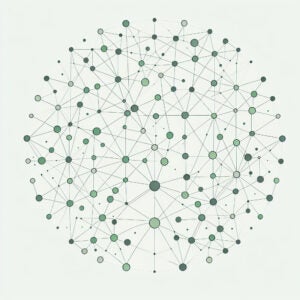 Spotify is getting into the local ad game, courting brands with a platform that helps advertisers geotarget audiences in the US. The music streaming service will debut its Spot Radio Platform for brands on Jan. 1.
Spotify is getting into the local ad game, courting brands with a platform that helps advertisers geotarget audiences in the US. The music streaming service will debut its Spot Radio Platform for brands on Jan. 1.
The tool is backboned by Triton Digital, a marketing service to the media industry and a tech provider whose clients also include NPR, Pandora, CBS Radio and rdio. Triton’s tech, Webcast Metrics Local, offers market-level reporting and insights on the listening behaviors and engagement rates of Spotify’s more than 50 million monthly active users.
Triton Digital’s Webcast Metrics Local is MRC-accredited, and pulls data from census stats, omitting samples, surveys and panels by measuring listeners’ activity directly.
“Triton can measure on an exact level how many people are attached to a stream, whether that’s nationally or by market, and they can go deeper by ZIP code,” said Spotify’s Brian Benedik, VP of advertising and partnerships in North America. “Unlike the traditional radio measurement, which is panels and surveys, Triton has come to the market with an exact measurement, which is clearly valuable for the digital community.”
Benedik called the release “a natural evolution” of the company’s ad business in the US.
“Up until now, on the digital and on the radio side, we’ve only worked with brands to target national campaigns across the US,” he said. “Whether that’s through media or Spotify’s open API, we’ve been activating audience on a national level.”
“Now, we’re opening up a new demand source by moving in the geotargeted, local game,” he added. “It diversifies us quite a bit and makes us friendlier to the advertising community. And it points to Spotify maturing as a business.”
Spot Radio Platform also incorporates capabilities from Spotify’s acquisition of music intelligence platform The Echo Nest eight months ago. The Echo Nest helps Spotify leverage listener attributes to build what it calls “taste profiles,” which brands can use for audience segmentation and targeting.
“We’ve built predictive models to determine how particular lifestyle attributes can be useful to brands,” The Echo Nest CEO Jim Lucchese told AdExchanger in August. “By correlating all this data, we’re able to draw predictions. We can come in and give the advertising partner a lot more insights.”
Though data from taste profiles aren’t currently a part of Spotify’s ad products, Benedik estimated an integration of that data for geotargeting in early 2015. As for powering sales across markets nationwide, Benedik said Spotify has sales leadership in a number of cities across the US and will manage sales independently.
Ditching The Homegrown Ad Server
Spotify relies on DoubleClick to serve ads through its Spot Radio Platform. In September it completed an integration with DoubleClick’s DFP ad-serving platform, discarding a server it had built in-house.
“We had been working on a home-grown, proprietary ad server that was fine for a while,” said Benedik. “But as our ad business continued to expand, we were frankly putting way too much pressure on this in-house ad server that was not built for it.”
Benedik said the launch was a months-long endeavor.
“This is a bit more complex than the network radio market because you have to have local measurements,” he explained. “You have to have an ad server that’s reliable and consistent in serving, and you’ve got to have data that’s not only clean but that’s also of value to the ad community.”
Spotify could not yet share any clients on record. But Benedik said Spotify has soft-launched the tool to agency holding companies and brands, and has received interest from the wireless and telecom, auto and tech verticals in particular.












